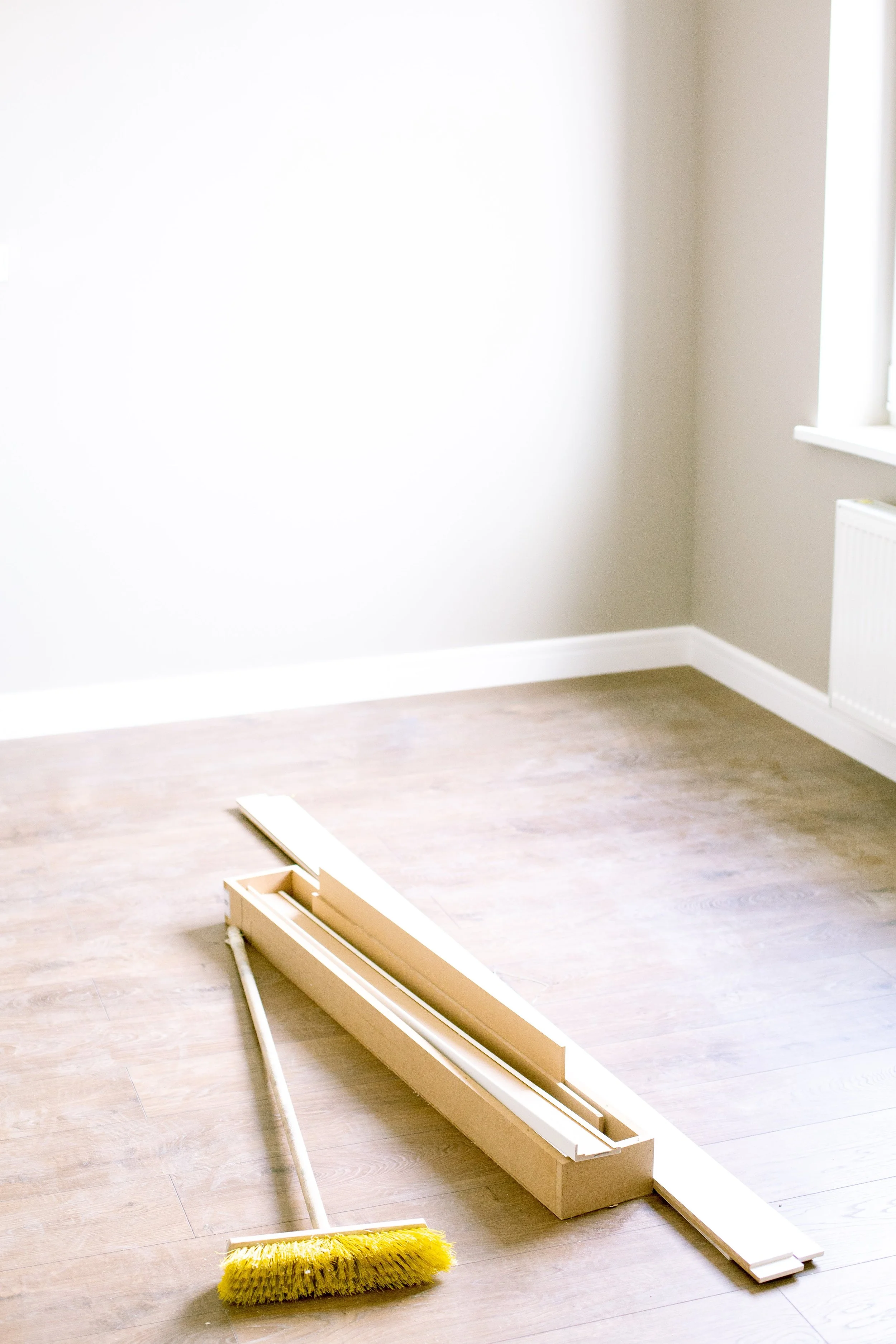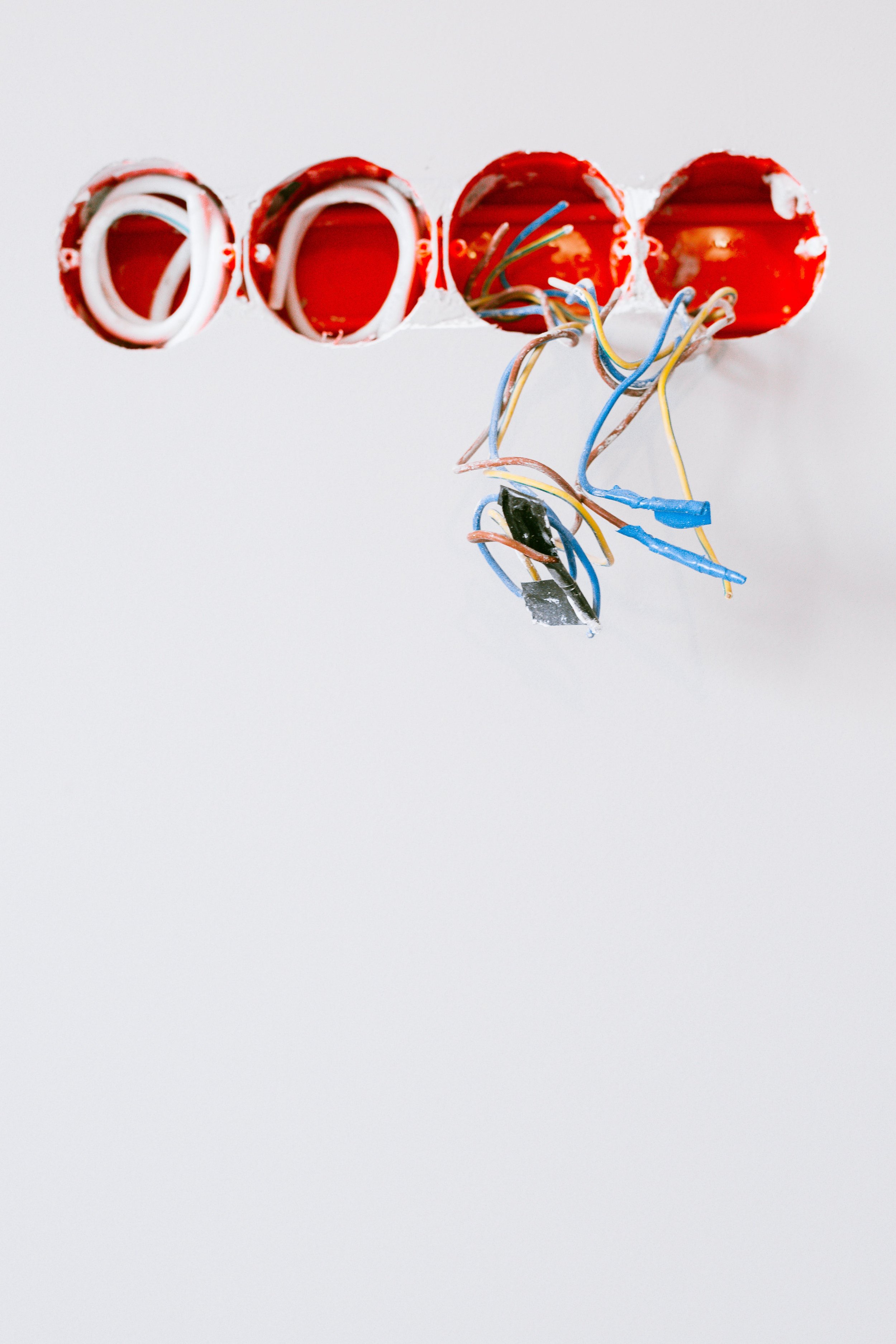How To Choose The Right Air Purifier Filter For Your Home
RH Business Marketing Solutions
Amid mounting apprehensions regarding external and internal air pollution, pristine air is becoming progressively pivotal for health and wellness. Air sanitizers have been engineered to present an efficient resolution for enhancing indoor air quality in residences and workplaces.
Opting for a fitting, superior air strainer ensures that your purifier can proficiently sift through impurities like dirt, pollen, animal fur, mildew, and even specific viruses. It facilitates the elimination of particulate matter and gases, fragrances, and vapors from the air you breathe daily.
This article will steer you in ascertaining the optimum air sanitizing filter for your particular requisites and indoor milieu.
1. Determine Your Unique Air Quality Issues
Start by identifying the specific pollutants you need to eliminate from your indoor air. Analyze if you mainly suffer from allergens like dust, dander, and pollen or odors like cooking smells and smoke.
Additionally, look for visible dirt accumulation, stuffiness, or chemical residues suggesting air quality issues. Understanding your own air purification needs guides you in choosing filters targeting those concerns through specialized technology.
2. Compare Filter Types to Pick the Right Technology
Once you know your air quality issues, compare filter types to pick the right technology:
HEPA filters use tiny glass fibers to capture 99.97% of particles like dust and allergens over 0.3 microns small. This makes them ideal for allergy relief. For instance, the Coway air purifier filter can effectively catch dust, allergens, pet danders etc, making them ideal for people with asthma or allergy issues.
Activated carbon filters absorb gases, odors, and fumes through porous carbon material. They efficiently trap cooking, pets, cigarettes, and other smells.
UV-C light filters destroy biological contaminants like mold, bacteria, and viruses by exposing them to germicidal ultraviolet rays.
Ionizing filters charge particles to clump together for enhanced mechanical filtration. Helpful for smoke and chemical removal.
Select the filter type or combination that matches your needs. Many models incorporate multiple technologies like HEPA and carbon into one filter cartridge.
3. Consider the Right Filter Grades
Research filter grades indicating effectiveness. For particulate removal, higher MERV ratings (minimum efficiency reporting value) mean better particle capture. Choose MERV 13 to 16 for airborne allergens. For carbon, higher grain ratings and thicker carbon beds boost odor adsorption. Compare CADR (clean air delivery rates) for filters to gauge real-world contaminant reduction levels.
Take measurements of all rooms needing purification and tally the total square footage. For open concept spaces, carefully measure distinct living areas like kitchen, dining, and family room to size units properly. Check filter specs like CADR ratings, which indicate effectiveness for areas of certain sizes. Portable units can tackle individual rooms, while central air systems cover whole floors. For large homes, use multiple units on different levels for whole-house air quality improvement.
4. Match Filter to Correct Room Size
Match the filter capacity to the room size needing purification. Undersized filters can only partially treat larger volumes. Check manufacturer specs for recommended room sizes. For open-concept spaces, size up. Portable air purifiers often cover 100-500 square feet, while central HVAC filters handle over 2000 square feet. Purchase appropriately scaled filters or use multiple units for large, open areas.
5. Watch Energy Efficiency and Noise
More powerful air purifiers consume greater energy and emit more noise. When running continuously, energy costs add up. Look for Energy Star-rated models for efficiency. Check decibel levels on spec sheets – under 50 dB is ideal. Balance power against energy use and noise generation based on your purification needs. Supplement with standalone units just when air quality worsens to save energy.
To limit energy costs, utilize timers and smart controls to run air purifiers only when occupants are home and air filtration is needed most. Close doors when possible so units only need to cleanse occupied rooms. Compare wattages between models and opt for ENERGY STAR variants. To reduce noise, look for units with variable fan speeds so speed can be minimized when required. Position air purifiers away from beds, work desks, or relaxation areas to mitigate noise disturbances in those high-priority zones
6. Proper Filter Maintenance Is Crucial
Follow all manufacturer guidelines on replacing filters regularly—clean or change filters as recommended to sustain performance. Signs like diminished airflow indicate a filter needs servicing. Maintain clean filters so your unit doesn't have to work as hard. Mark your calendar with filter change reminders. Proper maintenance ensures your air purifier sustains optimal performance.
When replacing filters, note any signs of mold, considerable dirt buildup, or damage indicating a need for more frequent replacement. Write the install date on new filters to track better. For portable units, consider buying backups so replacement filters are ready when needed.
Use discount coupons when possible, to save on new filters. For central air systems, arrange professional installation of new filters biannually so they are swapped out on schedule. Following strict maintenance guidelines optimizes air purification results and enhances indoor air quality.
Conclusion
Choosing the right replacement air filter significantly impacts your purifier's performance and efficiency in cleaning indoor air. Consider your unique needs, room sizes, optimal filter types, and critical factors like noise, operating costs, and convenience.
Investing in a suitable, high-quality air purifier filter translates into cleaner indoor air for better health and well-being. Be an informed buyer, compare models thoroughly, and make the ideal filter choice to breathe cleaner in your home.




















